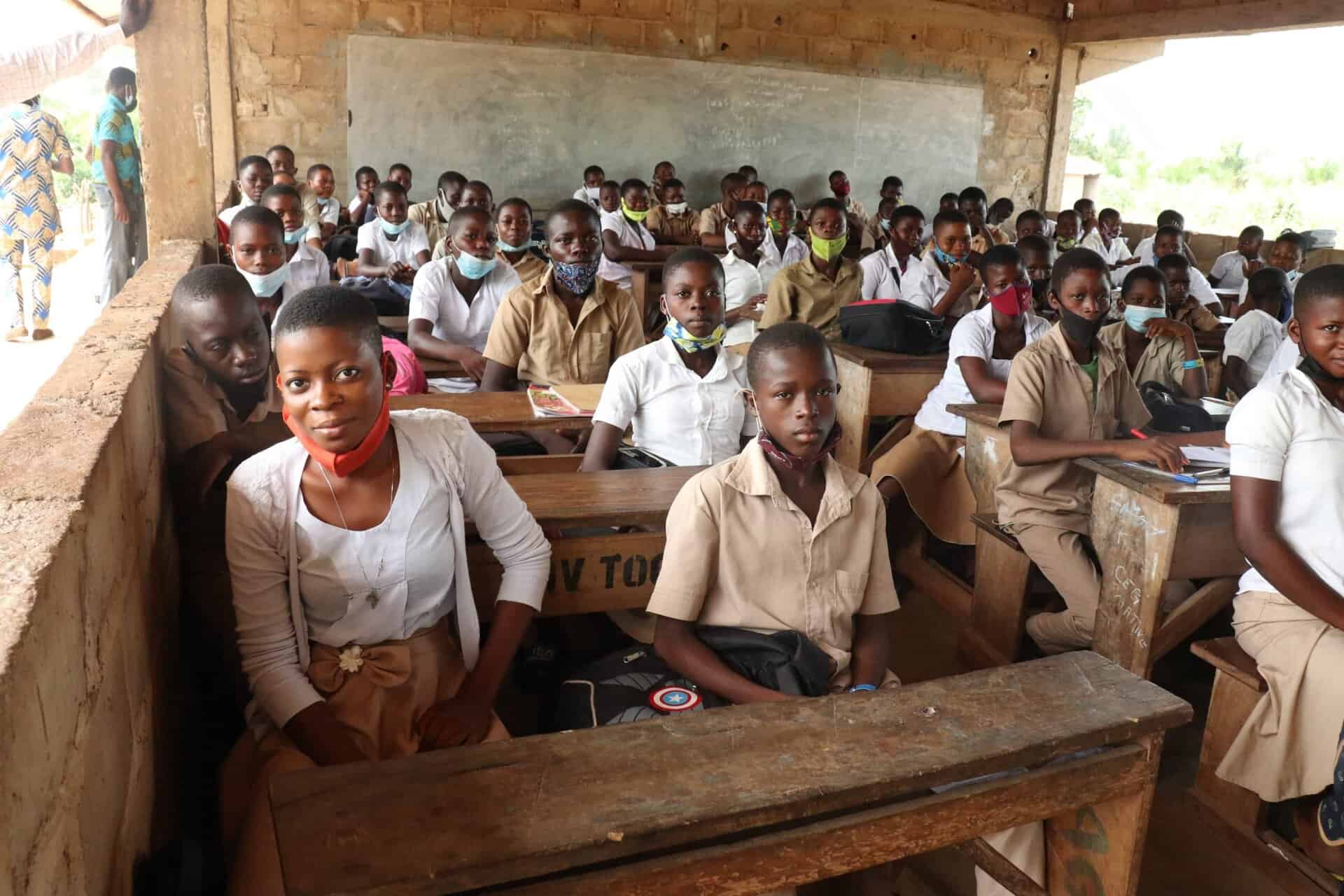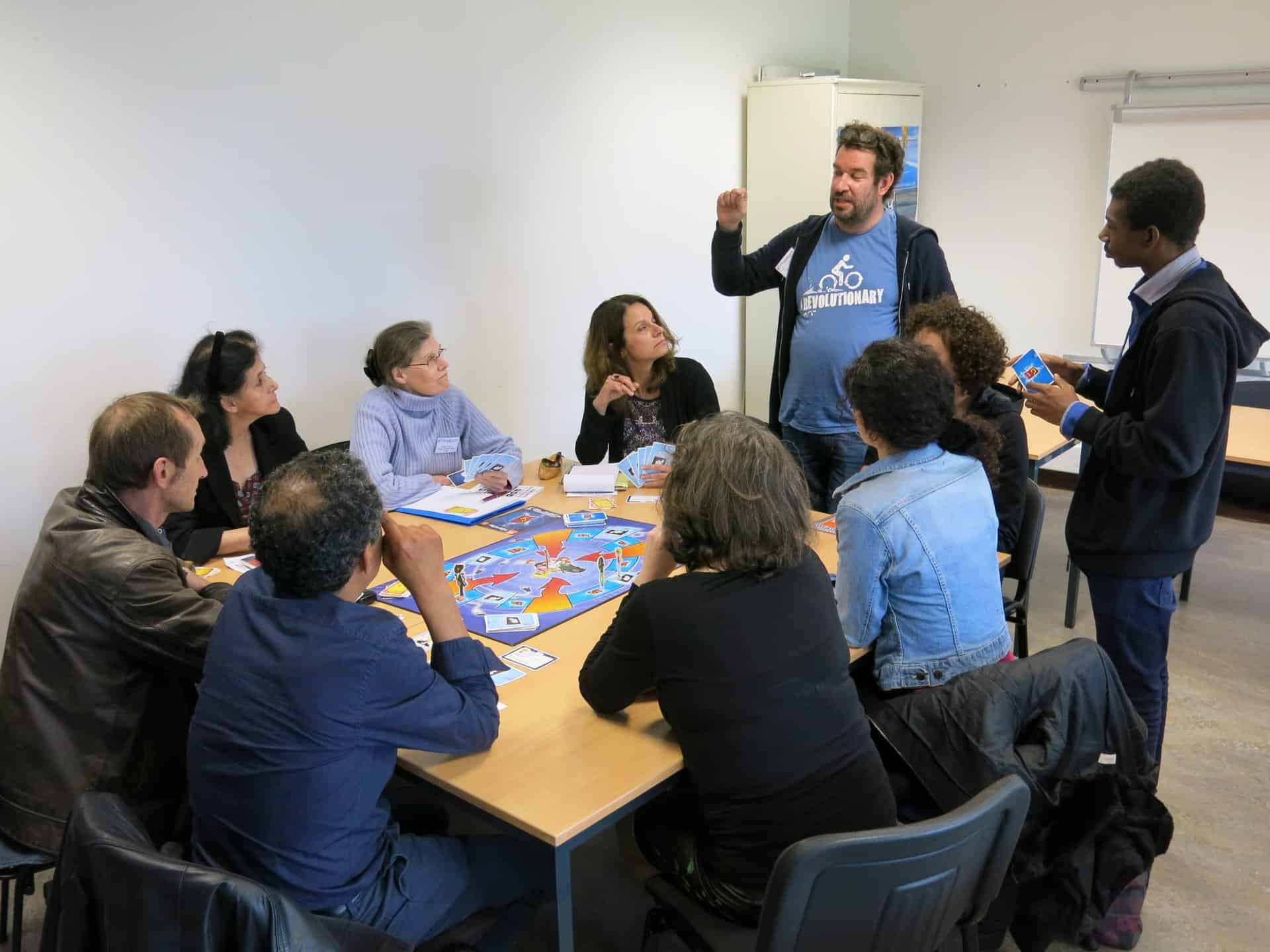At Aide et Action, our 40 years of work with marginalized children around the world have taught us that good health and quality education go hand in hand: without access to education, health cannot be ensured and without good health, education cannot be achieved.
Despite progress in recent years, Laos still has the highest under-five mortality rate in Southeast Asia (46 per 1,000 live births), according to the Lao Social Indicator Survey. Laos also has one of the highest rates of child stunting in the region (33% compared to the Asian regional average of 21.8%), with one in three children under five reportedly stunted due to malnutrition and therefore less able to learn in school and reach their full potential.
To address these alarming problems, we have developed a multi-pronged approach to ensure that children in rural communities, largely from economically disadvantaged ethnic minorities, have better access to education. We do this by helping schools to upgrade their water, hygiene and sanitation infrastructure such as toilets and hand-washing stations and via a community-based nutrition project.
Water, hygiene and sanitation
In the small rural village of NongPor, in Vientiane province, the headmaster of the local primary school, Mr Tu Suksith, attests that the improvement of water, hygiene and sanitation facilities has led to a change in the behavior of his young students. Aide et Action, in partnership with a local organization, has supported the NongPor primary school in building new modern toilets, and rehabilitating the existing ones that were previously unsanitary.
" Our new toilets are very important especially in terms of hygiene. Our students have changed their behaviour. Instead of relieving themselves outside, they now want to use their new toilets. It's more hygienic for them and for the school "explains the director.
Our intervention on hygiene and sanitation practices has led to 100% of the students we work with reporting that they now wash their hands before and after eating or playing and 91% of them report using the school toilet. In 2020, we expanded our health education activities to include everyday practices such as teeth cleaning and hand washing. In a new campaign, we targeted primary school students and teachers from first to fifth grade and held demonstrations on how to clean teeth and hands to prevent illness.
The impact of nutrition
In Laos, nearly one third of children under the age of 5 are stunted due to malnutrition. Our nutrition project not only provides nutritious meals to students from low-income households, but also teaches parents and community members about the impact of nutrition and how to prepare nutritious meals from local ingredients. In addition to buying local produce from communities, we also encourage school gardens where children can grow their own vegetables and learn about nutrition.
Parents who participated in our project reported improved knowledge about nutrition and how to cook nutritious food for their children, with 90% of participants showing an understanding of the five main food groups. While there is still much to be done to reduce malnutrition in Laos, we are already seeing our holistic approach improve health and nutrition education in the communities we work with.
Benefits for the whole community
For Mrs Thord, 54, from Somsavath Tai village, Vientiane province, Aide et Action's recent projects have made her grandchildren more interested in school. " Before, they were not interested, but now these new activities like play books and school meals make children want to come to school "explains Ms Thord.
She, too, has benefited from nutrition awareness and has come to realise the importance of lifelong learning. " I help prepare school meals once a month and have learned a lot about nutritious foods that can improve the health of my grandchildren and all school children here "she adds.
Last year we worked in four schools and our study found that 81% of the beneficiary students said they preferred to eat at school rather than at home because the food was more nutritious, tastier and they liked to eat with friends. School meals therefore motivate students to come to school more and improve their learning outcomes. Not only do healthy children do better at school, but the development of a strong immune system in children is crucial to ward off health risks such as COVID-19.






